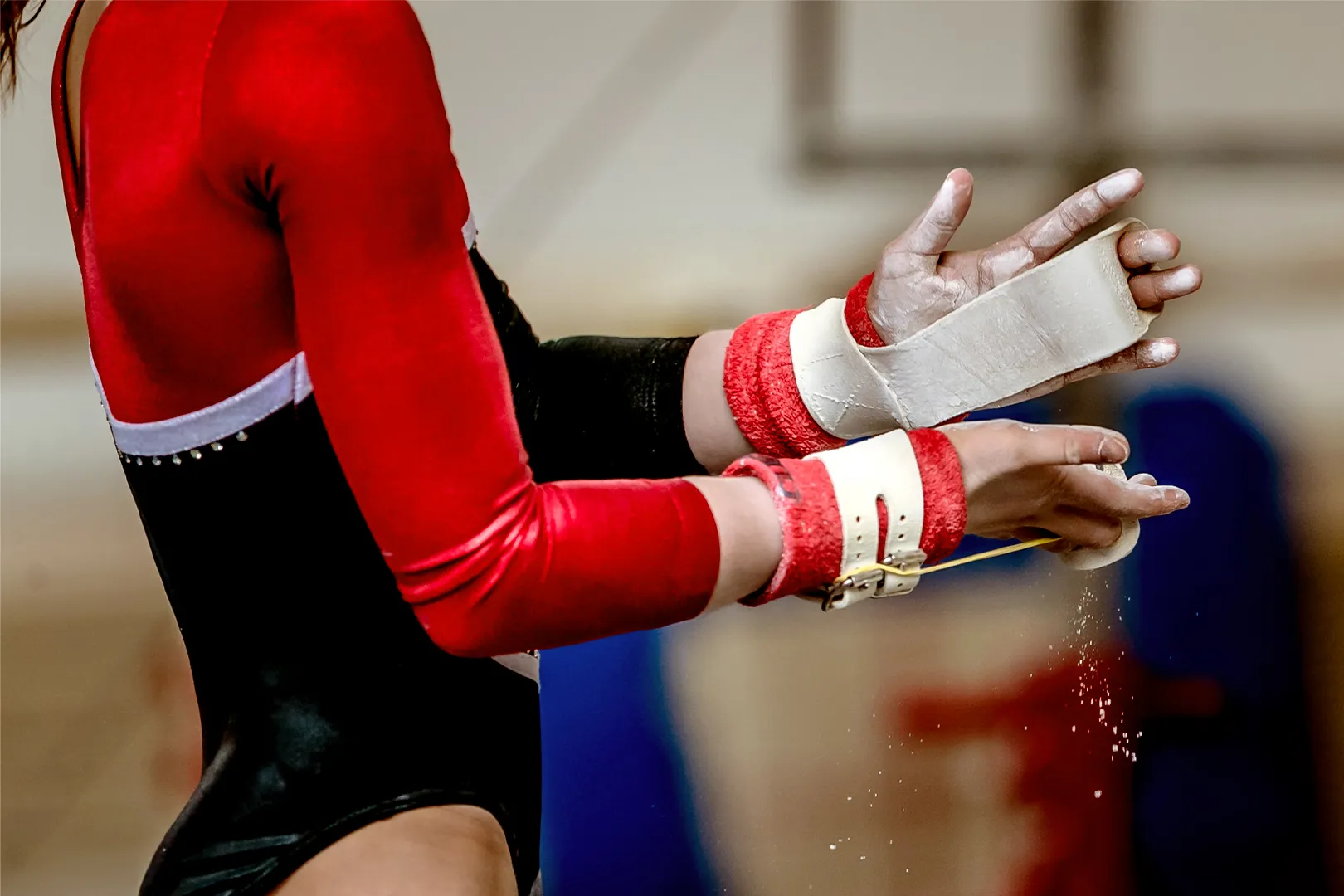A fun fact about the 2024 Paris Olympics is that on Team USA more women than men competed (315 vs. 279). This is a major accomplishment. Consider that in the 1900 Paris Olympics, the first Olympics to allow female athletes, the ratio of women to men was far less (22 vs. 75). Sports is an area where gender parity is fast becoming a reality. The workplace is too, thanks to COVID-19. It may be strange to thank a worldwide pandemic for improving the lives of women in the workplace, but according to research from the Federal Reserve, the shift to remote work proved favorable for prime age working women and their labor force participation.
What has made the great experiment of remote work during COVID transform into a more permanent way of working is technology. Cloud computing, virtual collaboration platforms, and enhanced digital connectivity enable remote workers to be as (or more) productive than they would be in the office. While men also experience benefits from remote work, technology companies like Cogent have recognized that remote work benefits women in different ways by:
- Increasing participation and representation in the workforce
- Providing flexibility and an improved work-life balance
- Improving access to job opportunities
Benefits like these are important because research shows that women shoulder most of the responsibilities of the home, even when working full-time or outearning their partner or husband. Take note of the Bureau of Labor Statistics 2023 Time Use Survey:
- On an average day, 86% of women and 71% of men spent some time doing household activities, such as housework, cooking, lawn care, or household management.
- On the days they did household activities, women spent an average of 2.7 hours on these activities, while men spent 2.1 hours.
- On an average day, 48% of women did housework—such as cleaning or laundry—compared with 22% of men.
These statistics may speak to why women surveyed by Deloitte in its 2024 Women @ Work Survey say their domestic activities are having a negative effect on their mental health. According to this survey:
- “Half of the women in this year’s survey describe their stress levels as higher than a year ago, and a similar number say they’re concerned or very concerned about their mental health.”
Employer support around mental health issues is still lacking, according to these survey results:
- “More than half of women say they don’t get adequate support for their mental health at work, and two-thirds don’t feel comfortable talking about their mental health in the workplace or disclosing mental health as their reason for taking time off.”
While progress has been made in providing women with remote and hybrid work arrangements, clearly employers need to do more to address women’s mental health concerns. The Society for Human Resource Management has a host of resources for employers to help support employees’ mental health, from best practices around employee assistance programs to tips for creating a healthy workplace.
IMA also seeks to provide women in the business world with career support and networking opportunities. In September, IMA will host a virtual Women’s Leadership Summit. This one-day event is an opportunity to connect with peers and share insights (both positive and negative) about challenges at work.
Since I began this blog about the Olympics, I think it is fair to end with an observation about them too. Watching gymnast Suni Lee on the uneven bars made me consider how this activity is a metaphor for women in the workplace. As part of her routine, Lee needed to release from the low bar with a half twist to get to the high bar. The force of gravity was pulling her down, but she had to overcome that force to make it to the next level. Women who are working are on the equivalent of the uneven bars. Some will land the twist, others will not. Employers should consider how they can support all of them.

